Oil Painting Tips, Tricks and Inspiration
If you love working with oil paint but sometimes feel stuck, you’re not alone. Whether you’re a beginner or have been at it for years, there are simple habits that can make every canvas feel more rewarding. In this guide we’ll cover how to fix the most common mistakes, pick the right tools, and keep the creative spark alive.
Fix Common Oil Painting Mistakes
Most oil painters run into three trouble spots: wet paint that won’t stay where you want it, tacky layers that dry unevenly, and dry paint that’s hard to edit. The quickest fix for wet paint is to gently blot the area with a clean, dry cloth. If the color is wrong, you can lightly wipe it away and re‑apply a thinner layer. For tacky surfaces, a thin glaze of linseed oil can bring back sheen and help the next layer stick. When the paint is completely dry, use a fine scraper or a palette knife to lift off the problem spot, then smooth the surface with sandpaper before repainting. Remember to work in thin layers; it’s easier to correct thin paint than thick blobs.
Choosing the Right Supplies for Oil Painting
The tools you use affect how easy it is to fix mistakes and how smooth your work looks. Start with a set of hog‑bristle brushes for thick paint and sable brushes for fine detail. A medium‑size palette knife is great for scraping and adding texture. When selecting paints, pick a limited palette of high‑quality colors you enjoy mixing – this keeps your palette manageable and color harmony strong. For a reliable surface, go with a primed linen or cotton canvas; it holds paint better than raw canvas and reduces cracking. A small bottle of turpentine or odorless mineral spirits helps clean brushes and thin paint when needed.
Don’t forget a good drying medium like stand‑oil if you prefer a slower drying time. It gives you more room to work on each layer and makes blending easier. Keep a notebook of the ratios you use; a quick reference will save you time when you repeat a successful mix.
Beyond tools, think about where you get inspiration. Follow portrait painters on Instagram, watch time‑lapse videos of landscape oil works, and join online forums where artists share before‑and‑after photos of mistake‑fixing. Seeing how others solve problems can spark new ideas for your own practice.
Finally, treat each painting as a learning experiment. If a color choice doesn’t work, note why and try a different hue next time. The more you understand what went wrong, the faster you’ll improve. Oil painting is as much about patience as it is about skill, and a few practical tricks can keep the process enjoyable.
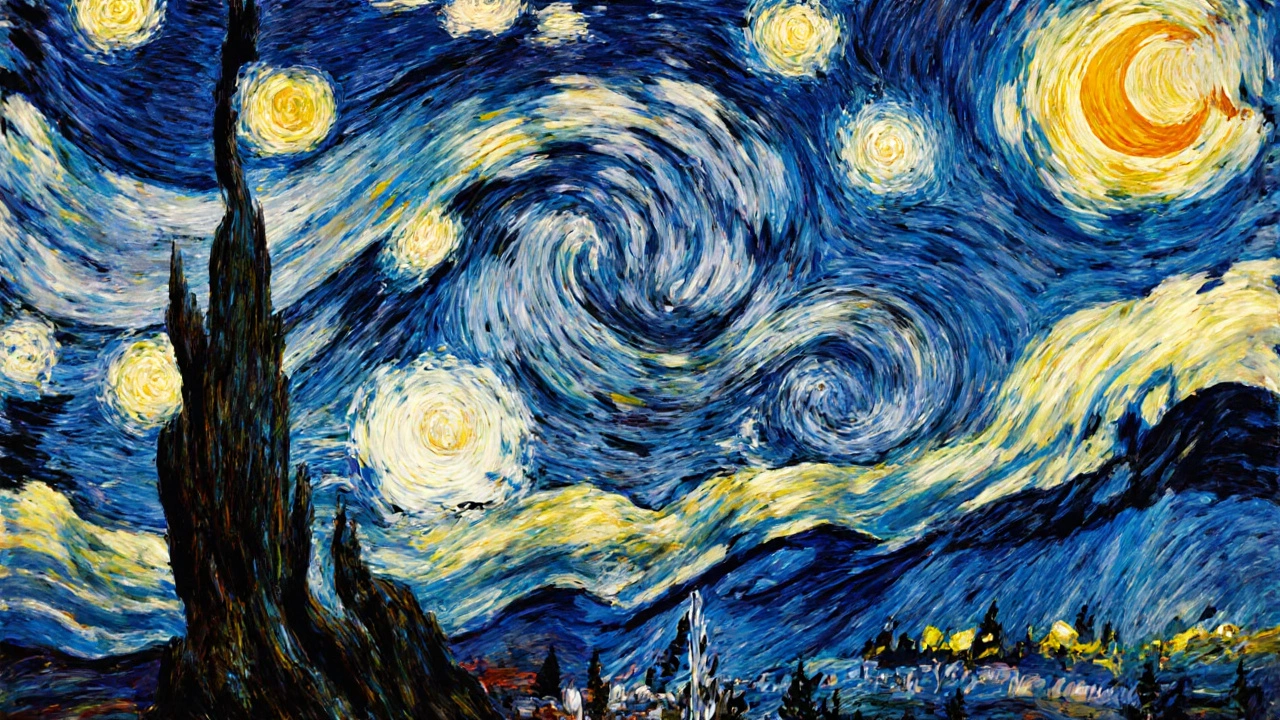
16 Nov 2025
Starry Night by Van Gogh looks like watercolor, but it was painted with thick oil on canvas. Learn why the medium matters, how Van Gogh achieved its movement, and why watercolor could never replicate it.
Continue reading...
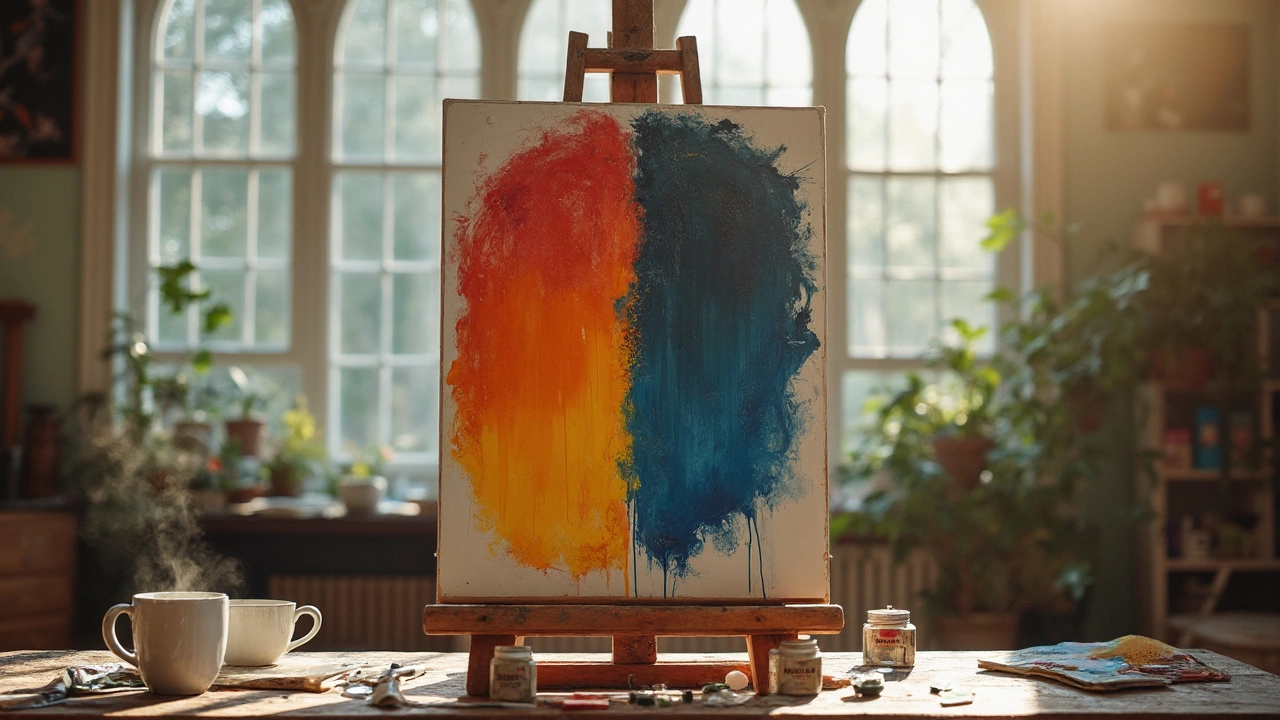
18 Jun 2025
Thinking about painting a portrait but not sure if acrylic or oil paint is easier to use? This article breaks down the main differences in handling, drying times, and techniques for both mediums. Get real-life tips and hear about some common mistakes to avoid. Find out which paint suits your style and skill level, and how to make each one work for you. Make better choices and get more joy out of your next portrait project.
Continue reading...
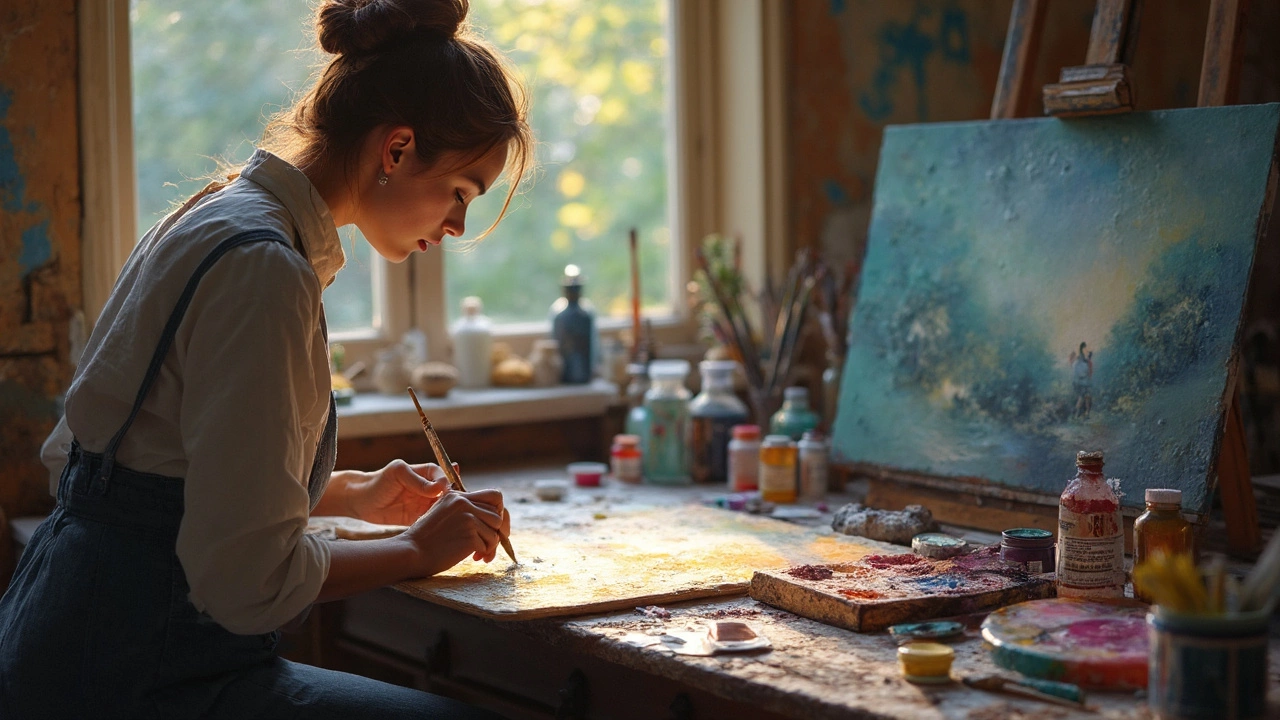
21 May 2025
Ever wondered why some paintings seem to glow or have a magical softness? Scumbling might be the secret. This technique adds layers of life to your artwork by letting bits of color peek through. It's not tricky, but it can totally change the look of your painting. Discover how to use scumbling in oil painting, what tools work best, and why even the Old Masters loved this trick.
Continue reading...
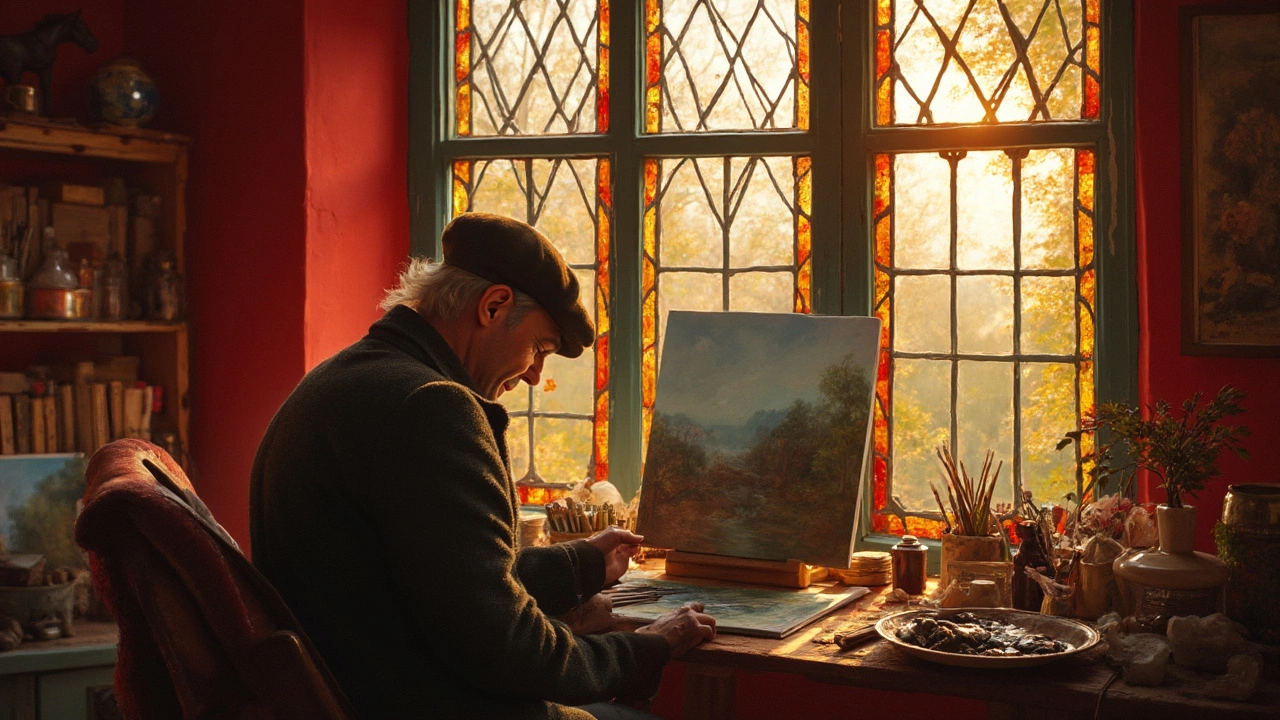
13 Mar 2025
Artists often start by painting their canvases red to create a vibrant base that enhances color dynamics. This technique offers depth and warmth, allowing painters to achieve more realistic and lively compositions. It also helps in defining contours and shadows effortlessly. Understanding this approach can transform your paintings significantly. Dive into this article to uncover how you can apply it to your own work.
Continue reading...
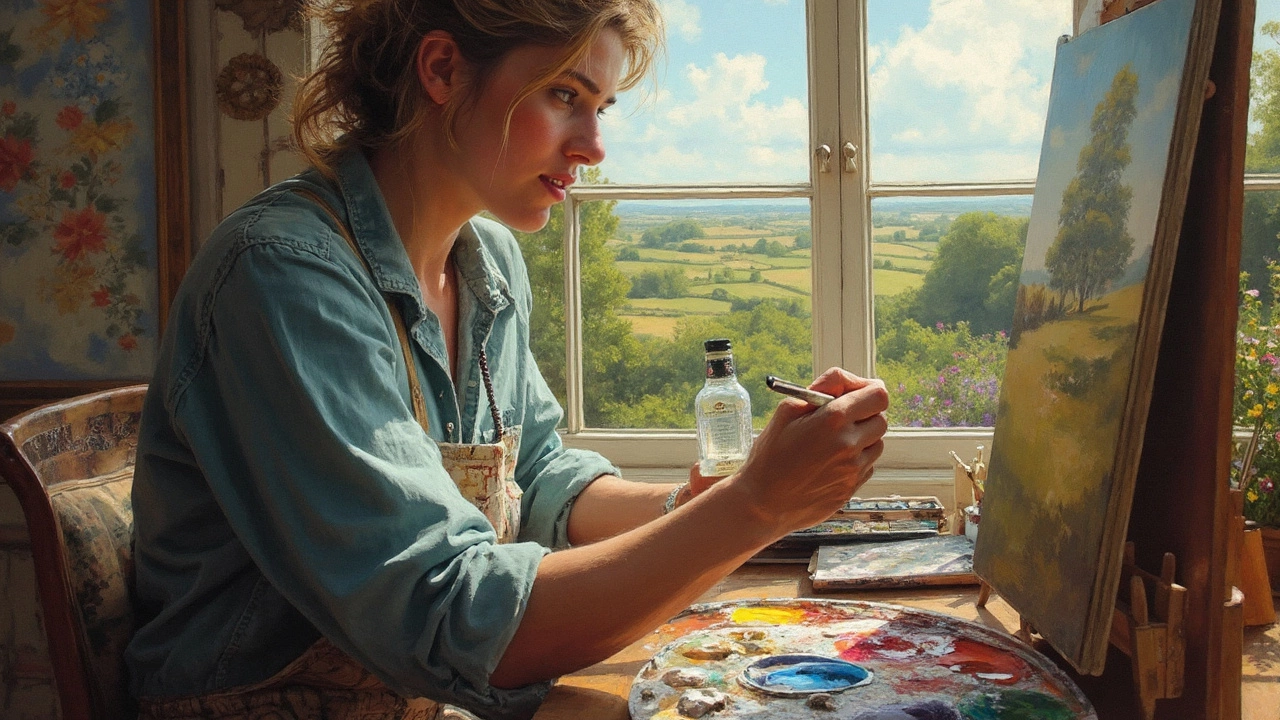
26 Feb 2025
Oil painting is an art form with specific techniques blending creativity with skill. The golden rule emphasizes 'fat over lean,' ensuring layers dry properly. Understanding and applying this principle prevents cracks and enhances durability. This article explores essential oil painting techniques, offering practical tips for artists.
Continue reading...
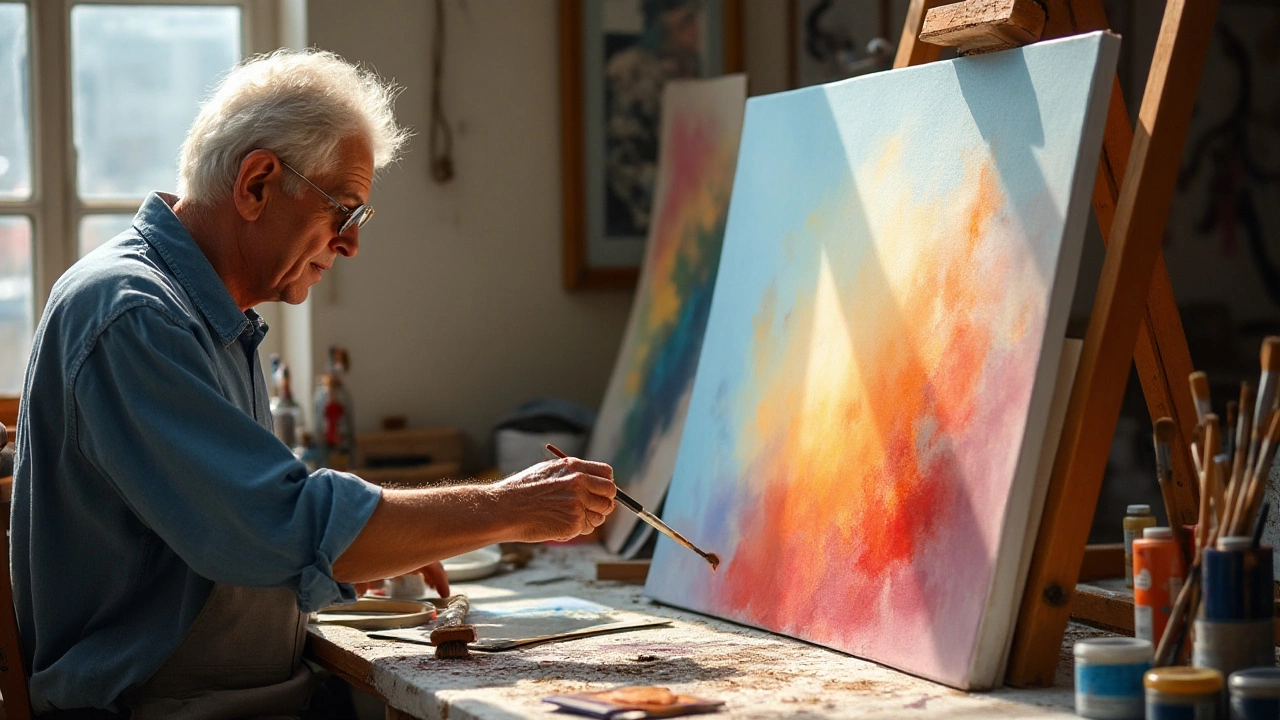
23 Oct 2024
The wash technique in oil painting is a dynamic and versatile method that artists use to create luminous effects and soft gradations. This technique involves using thinned oil paints to create translucent layers that allow light to interact with the painting surface in a unique way. Understanding the interaction of oil paints with the canvas is fundamental in achieving this beautiful method. Explore the steps, tips, and common mistakes to watch out for while enhancing your artistry with washes.
Continue reading...





